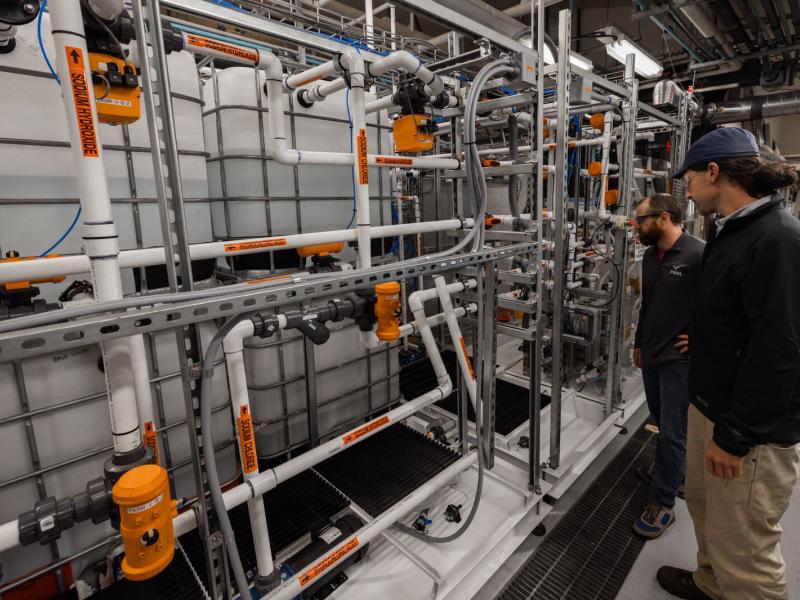
Marine Carbon Dioxide Removal
Carbon dioxide removal, alongside emissions reductions, is necessary to avoid the worst impacts of climate change. PNNL is a testbed for the latest research and technologies in marine carbon dioxide removal (mCDR)—exploring safe, sustainable ways to leverage the ocean’s strength as a natural carbon sink alongside our partners in industry, academia, and the local community.

(Design by Stephanie King | Pacific Northwest National Laboratory)

